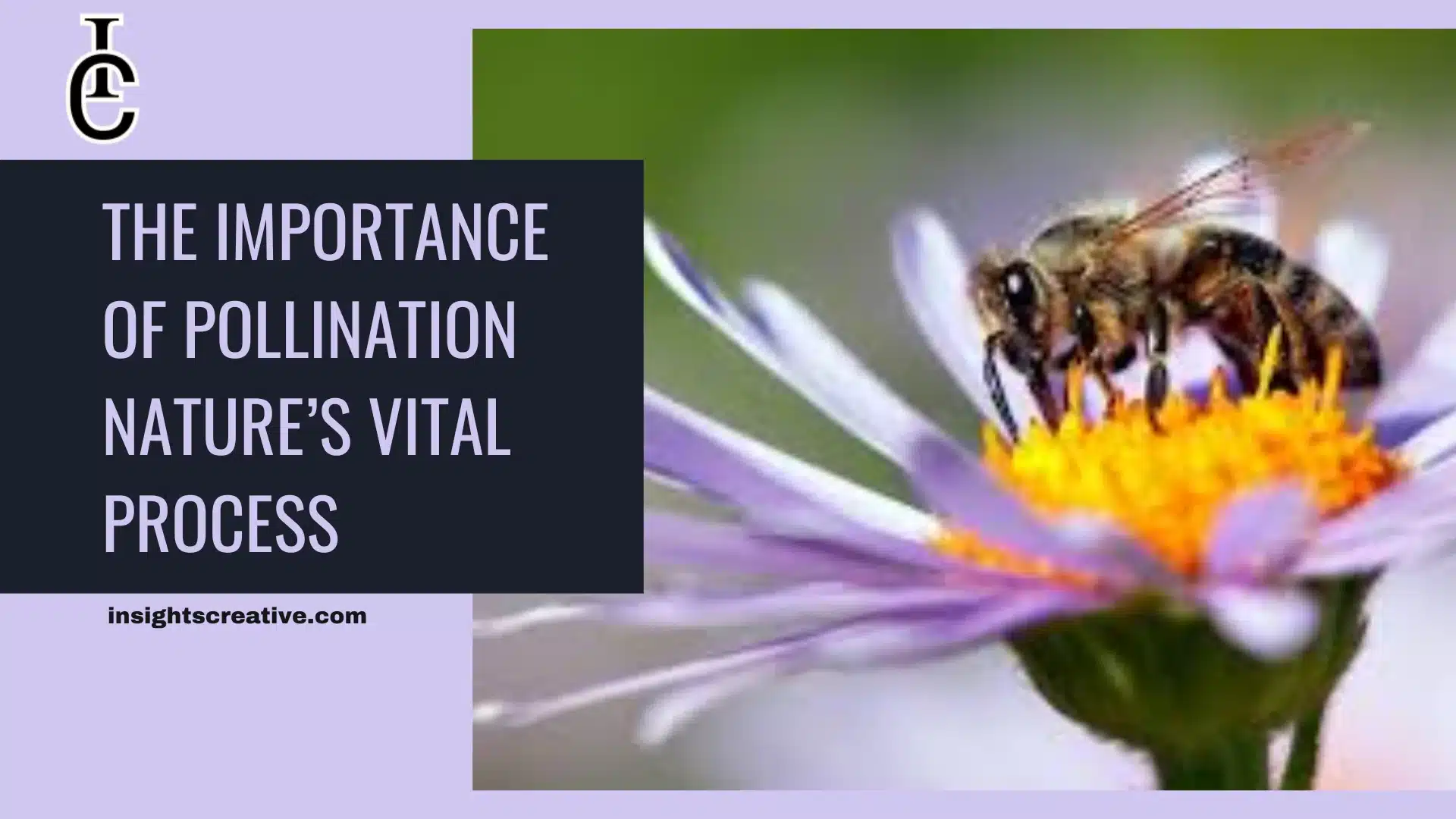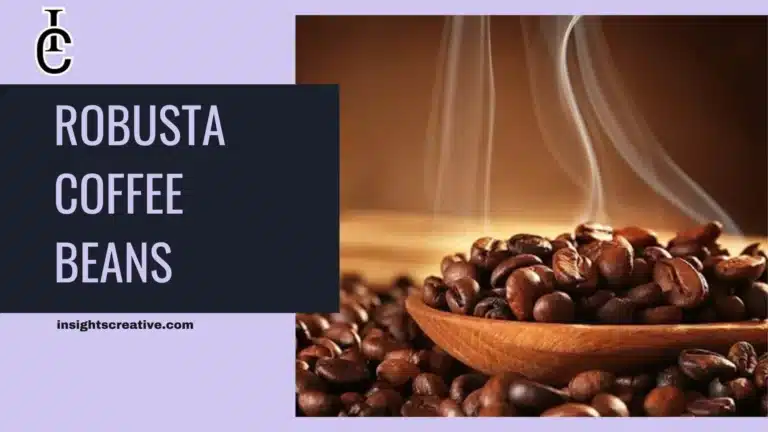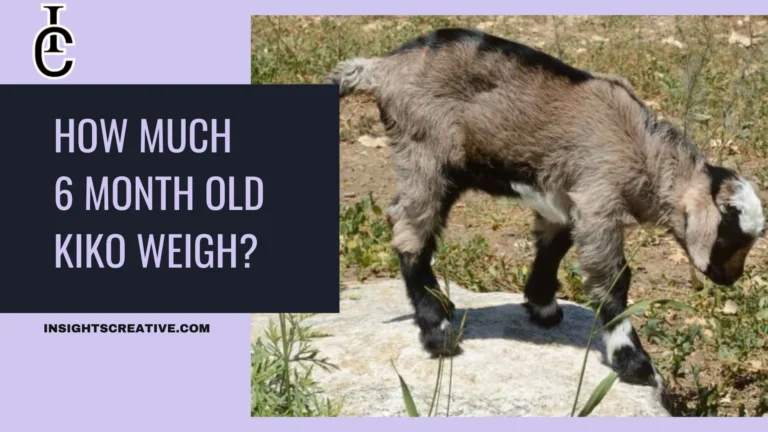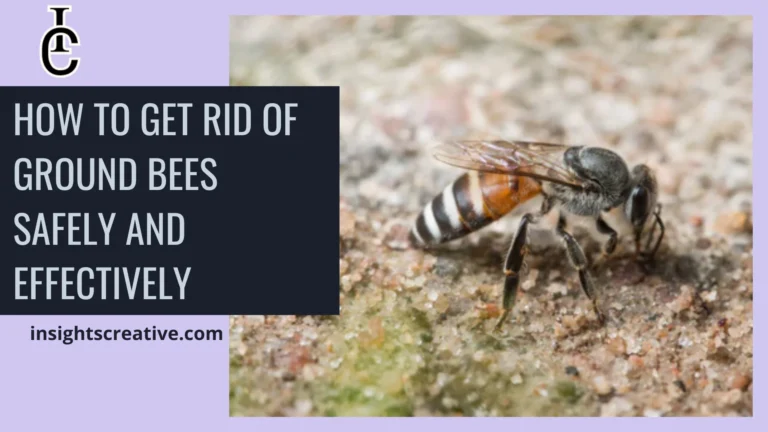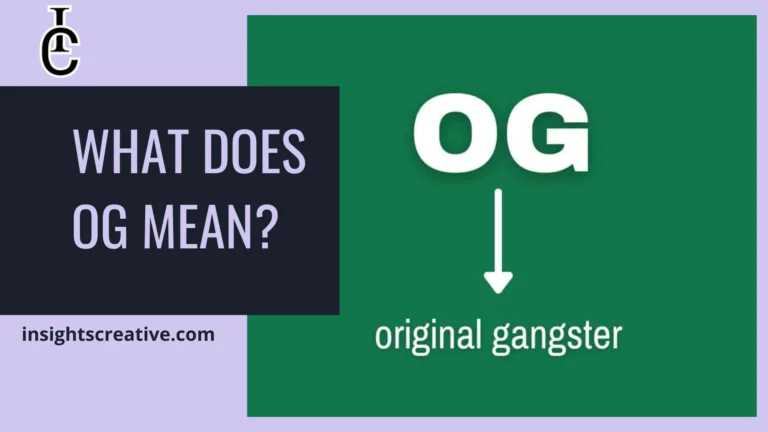Pollination is a critical natural process, ensuring the reproduction of flowering plants. During pollination, pollen is transferred from the stamen to the stigma of a flower, which allows fertilization to occur. This process is essential for plants to produce seeds and fruits. Understanding the role of pollination is not only important for gardeners and farmers but also for those who appreciate how ecosystems function. Whether pollination occurs through insects like bees, or by abiotic factors such as wind, its importance to life on Earth cannot be overstated.
What is Pollination?
Pollination is the transfer of pollen grains from the male part of a flower, the stamen, to the female part, the stigma. It is the first step in the reproductive process of flowering plants. While some plants are capable of self-pollination, where pollen from the same plant fertilizes the flower, most rely on cross-pollination. Cross-pollination occurs when pollen is transferred between flowers, usually with the help of pollinators like bees, butterflies, or even the wind.
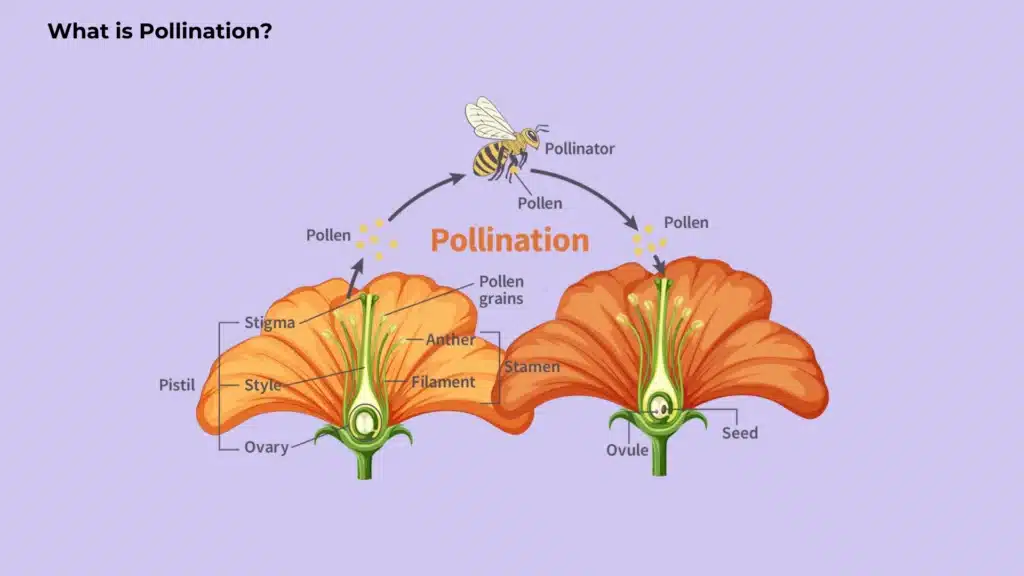
How Does Pollination Occur?
Pollination can happen in various ways. In self-pollination, the flower pollinates itself, which is common in plants that don’t rely on external pollinators. Cross-pollination, on the other hand, involves the transfer of pollen between flowers, often assisted by insects, birds, or wind. For example, bees collect pollen on their legs while they move from flower to flower. This helps in spreading the pollen and ensuring the reproductive success of different plants.
Different Types of Pollination
Self-Pollination vs. Cross-Pollination
The key difference between self-pollination and cross-pollination is how the pollen is transferred. Self-pollination occurs within the same flower or between flowers of the same plant, which can limit genetic diversity. In contrast, cross-pollination involves the transfer of pollen from one plant to another, creating genetic variation, which is crucial for plant adaptability and survival.
Abiotic vs. Biotic Pollination
Pollination can also be classified based on the agents that help transfer pollen. Abiotic pollination is driven by non-living factors like wind or water. Grasses and coniferous trees, for example, often rely on wind for pollination. Biotic pollination, on the other hand, involves living organisms, mainly insects, birds, and even some mammals. Bees are the most well-known pollinators, but birds like hummingbirds and bats also play significant roles.
The Role of Bees in Pollination
How Do Bees Pollinate Flowers?
Bees are among the most effective pollinators. As they collect nectar from flowers, pollen sticks to their legs and bodies. As they move from flower to flower, they transfer the pollen grains to the stigma, allowing fertilization to take place. Bees are crucial to pollination because they visit numerous plants, enabling genetic diversity across large areas.
Why Are Bees Attracted to Flowers?
Bees are attracted to flowers by their bright colors and sweet scents. Flowers produce nectar, which is a sweet, sugary substance that bees consume for energy. As bees collect nectar, they also pick up pollen, which clings to their bodies. This makes them excellent pollinators, as they unknowingly transfer pollen from one flower to another while they feed.
The Importance of Pollination to the Environment
Why is Pollination Important for Plants and Ecosystems?
Pollination is vital for plant reproduction, and thus, for the survival of ecosystems. Without pollination, plants wouldn’t be able to produce seeds, which would halt the growth of new plants. This would disrupt entire ecosystems as animals rely on plants for food and shelter. Additionally, over 75% of the world’s food crops depend, at least in part, on pollination by insects or other animals, making pollination a cornerstone of global food security.
How Do Flowers Benefit from Bees?
Flowers benefit from bees in many ways. Bees increase the chances of cross-pollination, which improves the genetic diversity of plants. This diversity helps plants adapt to changing environments and resist diseases. Moreover, cross-pollination usually results in healthier fruits and seeds, which support the growth of robust future generations.
The Structure of Flowers and Their Role in Pollination
What Part of the Flower Receives Pollen?
The stigma, a sticky part located at the top of the pistil, is where pollen lands. The stigma’s structure is designed to capture pollen efficiently, whether it’s carried by wind or insects. Once the pollen reaches the stigma, it travels down to the ovary, where fertilization occurs, eventually leading to seed formation.
How Does the Stigma Aid in Pollination?
The stigma’s sticky surface helps capture pollen grains that land on it. Its placement is such that it is optimally positioned to intercept pollen from visiting pollinators or from wind-borne pollen. In cross-pollination, this sticky feature ensures that pollen from other flowers adheres to it, facilitating fertilization.
Pollination by Other Agents: Wind, Water, and Animals
Wind Pollination: How Does It Work?
Wind-pollinated plants, such as grasses and many trees, rely on the wind to carry their lightweight pollen grains from one plant to another. Wind pollination tends to occur in open areas where the pollen can easily be dispersed without obstruction. Although less efficient than insect pollination, wind-pollinated plants often produce large amounts of pollen to increase the chances of successful fertilization.
Animals as Pollinators: Birds, Mammals, and More
While bees are the most well-known pollinators, many other animals contribute to pollination. Hummingbirds are attracted to brightly colored flowers and help pollinate them by transferring pollen on their beaks as they feed on nectar. Even mammals like bats pollinate certain plants, especially in tropical regions where they help fertilize large, night-blooming flowers.
Pollination and Human Agriculture
Why Pollination is Important for Food Production
Pollination plays a pivotal role in agriculture. Crops like apples, almonds, and tomatoes rely heavily on insect pollination. Without it, yields would decrease significantly. Farmers often introduce honeybee hives into their fields to ensure effective pollination. Protecting pollinators ensures the sustainability of global food production and biodiversity.
How Do Farmers Encourage Pollination?
Farmers use several methods to attract and support pollinators. Planting wildflower strips, providing nesting habitats for bees, and reducing the use of harmful pesticides are common strategies. These practices not only enhance crop yields but also support the overall health of ecosystems.
Fascinating Pollination Facts for Kids
Pollination can be a fun topic to explore for children. From learning how bees buzz from flower to flower, to understanding the parts of a flower, there are endless ways to teach kids about this vital process. You can even create hands-on activities, such as using a cotton swab to mimic the role of a bee in transferring pollen between flowers.
Conclusion: Pollination’s Impact on the World
Pollination is an essential process that impacts the survival of plants, animals, and humans alike. It plays a critical role in the reproduction of flowering plants and supports biodiversity in ecosystems. Without pollinators, the world’s food supply would suffer, and ecosystems would be at risk. Protecting pollinators through sustainable practices and environmental awareness is key to preserving this natural process.

